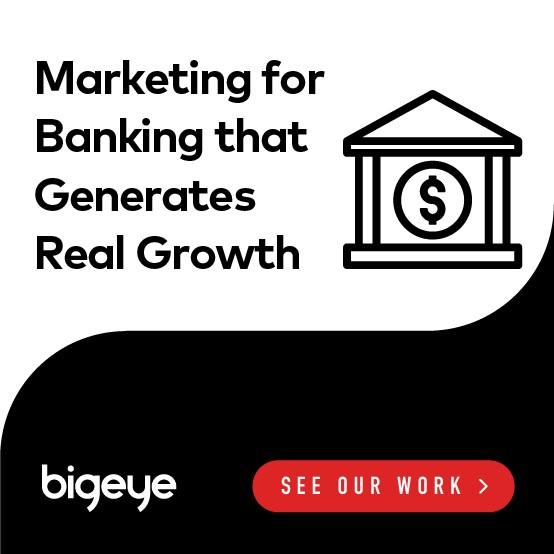Banks are oftentimes considered safe, reliable, and generally uninteresting – which is exactly the type of image the bank marketing industry has embraced for decades.
After all, would you feel more secure placing your money in the hands of an institutional-looking, serious company or a bright, colorful place that may even seem, dare we say it, fun?
The answer may surprise you: it’s both. It all depends on your age. Those who are 30 and older prefer the “classic banking” feel, where everyone is formal and official. Millennials, the 30 and under group (an ever-growing demographic), don’t have the same appreciation for the classics. If they go into a branch at all, since most of them prefer electronic banking, they prefer a place where employees are cheerful, casual and explain things to them in ways that aren’t painstakingly boring. Millennials are also more familiar with alternatives to traditional banking like crowd-sourcing or even digital wallets at online merchants.
So banks, or marketing agencies that represent banks, trying to create strategies to draw in new customers and retain existing ones should consider finding ways to offer something for everyone – even if different generations seek different banking experiences.
Offer more audience specific products
This seems like a no-brainer, but with financial institutions now providing more than basic banking and majority of branches offering financial services, investment advising, insurance, currency exchanges or business services, it’s imperative for banks to find unique ways to explain these options to potential customers. We all know that casting a wide net and hoping a general audience buys into what you’re selling is not realistic in today’s digital space. So, tightly defining who your audience is and why they would specifically be interested in the product is key for banks as millennials start driving the majority of their audience base.
Offer mobile products and make them secure
More and more of our business is being done via our mobile devices with users finding it convenient to do things that used to require a phone call or a branch visit. Through their apps or responsively-designed sites, banks can now allow customers to check balances, transfer money, scan checks, deposit money electronically, and make payments. The number of users for mobile banking is high and expected to increase, according to the Federal Reserve’s “Consumer and Mobile Services” report in 2015. Something to note is why some aren’t interested in switching: convenience and perceived lack of benefits (habit) are at the top, followed by security concerns.
Explore new bank marketing channels while remembering your roots
Kevin Tynan at American Banker warned his peers not to get too carried away with trying too many “new and different” things. His concern is that banks will start to lose sight of their core commitments to customers if they start over-experimenting. He actually argues some good points about the true strength of a bank being its employees and their relationship with their customers. However, one could argue that with such a large majority of customers utilizing mobile banking and hardly ever stepping into a branch, maybe this point of view is outdated. A great marketing agency for banks can actually enhance this connection with digital products. This can be done through a strong social media presence, an SEO-focused site, text messaging, online ads, email newsletters or other fresh ways of interacting. Even a fun YouTube video describing products or basic financial strategies could be useful, and can be watched anywhere, anytime.
To learn more about our content marketing strategies, click here.




